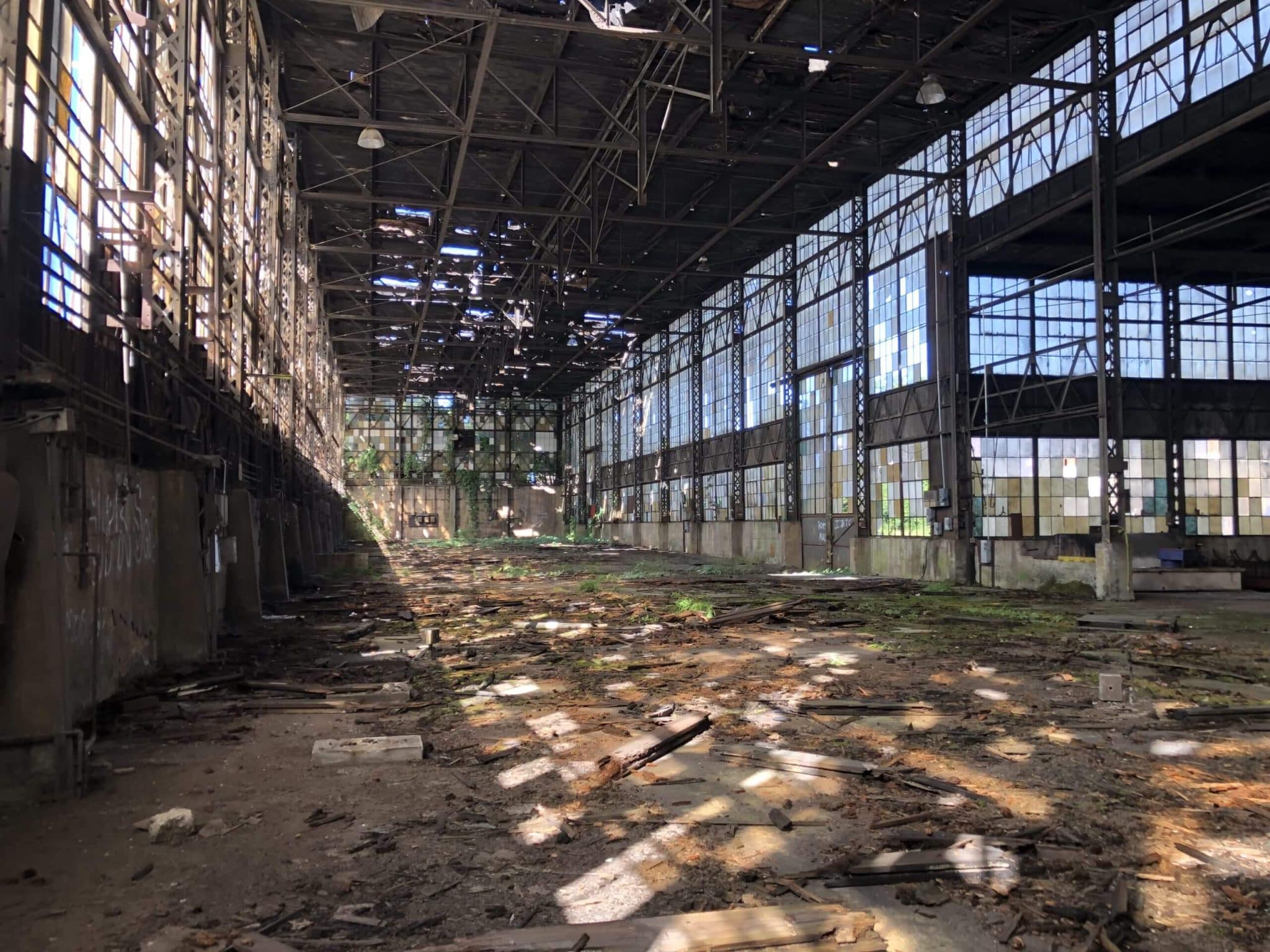Project: Beacon Lakes Landfill Assessment and Reclamation, Doral, FL
Client: Prologis
A NOVA client recently completed the purchase of four parcels of land in south Florida containing construction and demolition debris (C&D) presumably resulting from the destruction of structures during Hurricane Andrew in 1992. The deposited C&D material varies from 8- to 12-ft in thickness and sits atop the underlying limestone bedrock. The Client’s ultimate objective in acquiring these parcels is to proactively place the sites back into productive use by excavating the C&D material, recovering and re-depositing usable fill, sending suitable metals off-site for reclamation, and disposing of unusable material in an appropriate disposal facility.
To assess current conditions, NOVA oversaw the excavation of 85 test pits on the four parcels and the installation of 12 monitor wells between March 2014 and February 2015. The test pit excavations encountered similar, non-putrescible C&D materials (concrete, waste carpet, metal, plastic and cover material [soil]) estimated in the field to consist of approximately 20% soils, 40% construction debris (concrete, blocks and brick), 25% recyclables (metals) and 15% waste that would not be suitable for reuse and would require off-site disposal (waste carpet, glass, plastic, etc.). Assuming an average thickness of 10-ft, approximately 450,000 cubic yards (CY) of material will need to be excavated in order to reclaim all four parcels.
From a groundwater standpoint, it does not appear that significant, residual water quality impacts are present at either of the four sites, with all constituents analyzed being below the State of Florida Ground Water Clean-Up Target Levels with the exception of iron, total dissolved solids and sulfate (all secondary drinking water constituents) at selected locations. Depending on results from testing of the backfilled material (i.e., crushed concrete and SSW), the reclaimed site may not exceed any applicable FDEP Soil Clean Up Target Levels (SCTL) and qualify for unrestricted land use upon closure. If the backfilled material exceeds an SCTL, it may be applicable to conditionally close the site using institutional or engineering controls (ICs or ECs). The latter would entail placing the site on the Institutional Controls Registry and complying with applicable continuing obligations going forward.
Services Provided: Environmental Consulting





